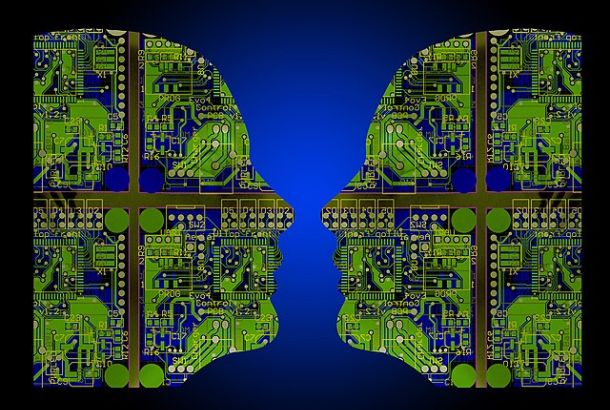Early warning signs of breast cancer
By Emma Breslin

Breast cancer can be a scary thing that many individuals have to face, but being aware of the early warning signs can help to catch it early.
It is essential that any abnormalities of the breasts are monitored. The ability to look out for these early warning signs enables individuals to seek the right treatment as soon as possible.
According to date from the World Health Organisation (WHO), 2.3 million women across the globe received a breast cancer diagnosis in 2020. It is often assumed that only women can have breast cancer, but men can get breast cancer too.
In the United Kingdom, there are about 55,500 new cases of breast cancer in women, and approximately 370 in men, according to Cancer Research UK data.
Breast cancer is one of the most common forms of cancer, but it is also one of the most treatable. There are many different types of breast cancers that affect patients in different ways.
The early signs
When most people think of breast cancer symptoms, they think of a lump in the breast. It is perhaps the most frequently talked about symptom. This is one of the possible warning signs of breast cancer, but it is not the only one.
Some other common warning signs of breast cancer are:
- Lumps inside the breast or underarm area.
- Changes in breast size and shape.
- Recurring pain in one area.
- Prominent veins on the surface of the breast.
- Nipple discharge that starts suddenly.
- A sore rash on the nipple.
- Swelling, redness, or darkening of the breast.
- Dimpling of the skin on the breast.
- Inversion of the nipple.
Don’t panic
Although these symptoms may result in a cancer diagnosis, they are often also results of ‘benign breast conditions.’ These symptoms can display in individuals due to a variety of different external factors. Therefore, it is important to understand what symptoms can be products of both cancerous and benign breast conditions.
Just because breasts are lumpy does not mean that a person has cancer – breast tissue ‘is often lumpy in texture.’ However, if a person notices a lump they should see the doctor if they see or feel:
- Changes in breast texture that are not due to the menstrual cycle
- A harder lump that is not consistent with the rest of the breast
- A lump that is only in one breast and not the other
Some of the benign conditions that involve the presence of lumps include:
- Cysts
- Fibroadenoma
- Calcifications
- Mastitis
- Fibroadenomas are very common, and benign, glandular and connective tissues. They can be ‘up to an inch in diameter’ and have a ‘smooth, rubbery feel.’
In addition, the breasts are typically affected by different life stages, such as puberty, pregnancy, and menopause. These life stages can all cause significant changes in the breasts as the levels of oestrogen and progesterone in the body vary.
How does breast cancer form?
Understanding the anatomy of the breast is important for gaining an insight into what breast cancer is and how it forms.
A female breast consists of:
- Body fat (adipose tissue).
- Lobes- a female breast will typically have 12-20 sections called lobes.
- Lobules- each lobe is made up of smaller areas of milk glands, called lobules.
- Milk ducts- connect the lobes and lobules. They carry the milk to the nipple.
- Lymph nodes- there is a lymphatic and vascular network inside the breast.
- Blood vessels.
If breast cancer enters the lymphatic or vascular system then it can travel throughout the body, which increases the chance of cancer spreading or returning. The lymph nodes that make up the lymphatic system are the first place where breast cancer is likely to spread.
Being well informed about the possible warning signs of breast cancer is important for an individual to receive the best possible treatment quickly. Not ignoring such symptoms, even if they are benign, is important.







